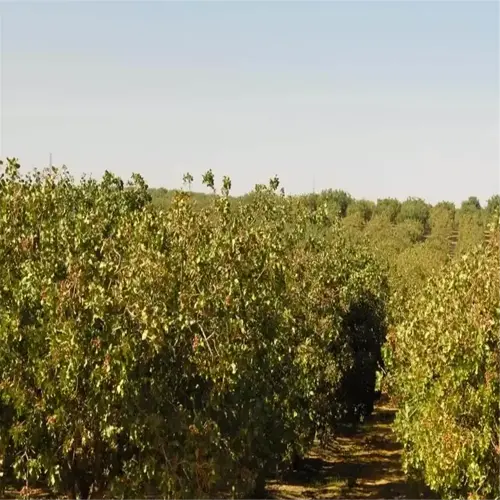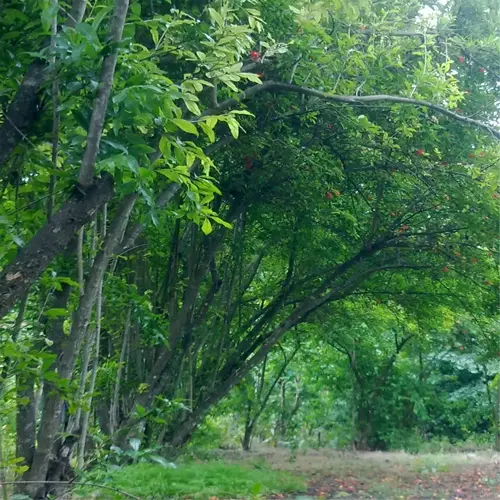What pests commonly attack radishes?

Written by
Benjamin Miller
Reviewed by
Prof. Martin Thorne, Ph.D.Flea beetles are excessive when it comes to damaging radish crops. They will make holes that resemble shotgun blasts all over the plants' leaves. My first crop produced leaves that appeared to be made of lace until I learned that row covers would block these little jumpers. Diatomaceous earth sprinkled on the leaves at pay will dry out the adult beetles without chemicals, once they are already infested.
Above-Ground Threats
- Flea beetles: Create 1mm holes in leaves
- Aphids: Cluster on undersides, spread viruses
- Cutworms: Sever stems at soil line nightly
Below-Ground Threats
- Root maggots: Tunnel into bulbs, invite rot
- Wireworms: Bore holes in roots
- Slugs: Rasp irregular cavities
You can overcome root maggots by coordinating plantings after peak fly emergence or the larval stage of the life cycle. I routinely monitor for adult populations using yellow sticky traps. After the traps consistently show less than 5 flies/daily, I follow up by sowing seeds. When plants are finished and harvested, I solarize the soil using clear plastic to kill plenty of larvae that may survive in the overwinter stage.
Immediate Action
- Spinosad spray: Apply at dusk (1 oz/gal)
- Neem oil: Disrupts pest hormones
- Beer traps: Bait slugs nightly
Long-Term Defense
- Rotate crops annually
- Plant radish-trap crops 20ft away
- Encourage predatory ground beetles
Avoid aphid explosions by soaking your plants with water (they don't like it for some reason) for 3 days in a row. Consider releasing lacewing larvae, which are good at consuming aphids. They can eat up to 200 a day - better than a ladybug or a friendly wasp. I have a coffee source that ships 500 larvae for $25, enough to protect 10' of row.
Read the full article: How to Grow Radishes: 7 Pro Tips for Bumper Harvests

